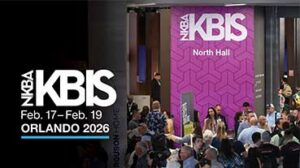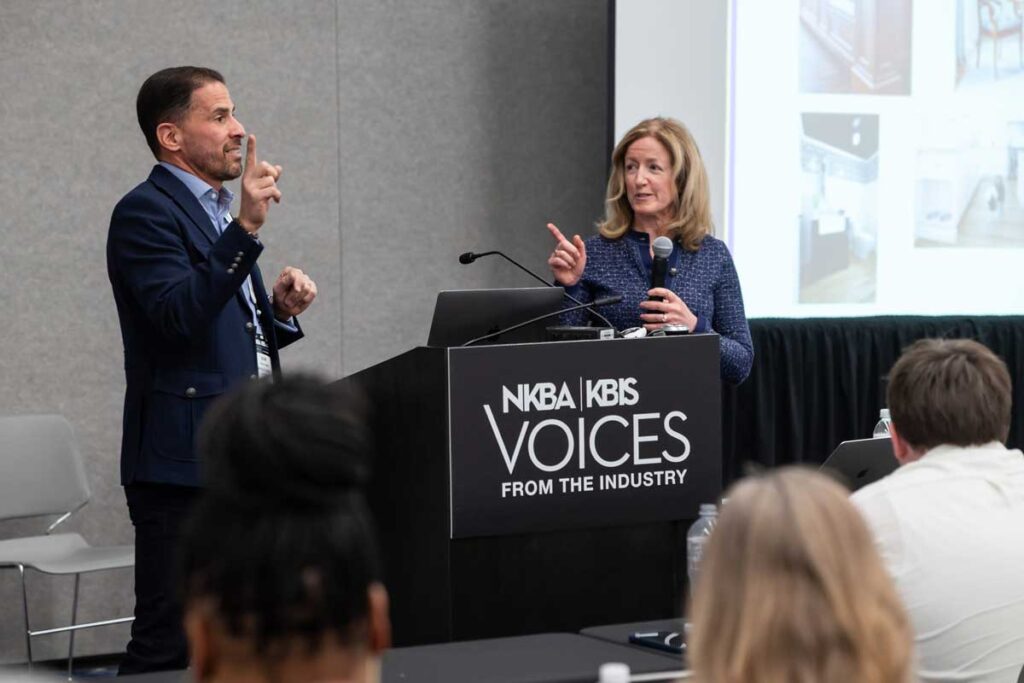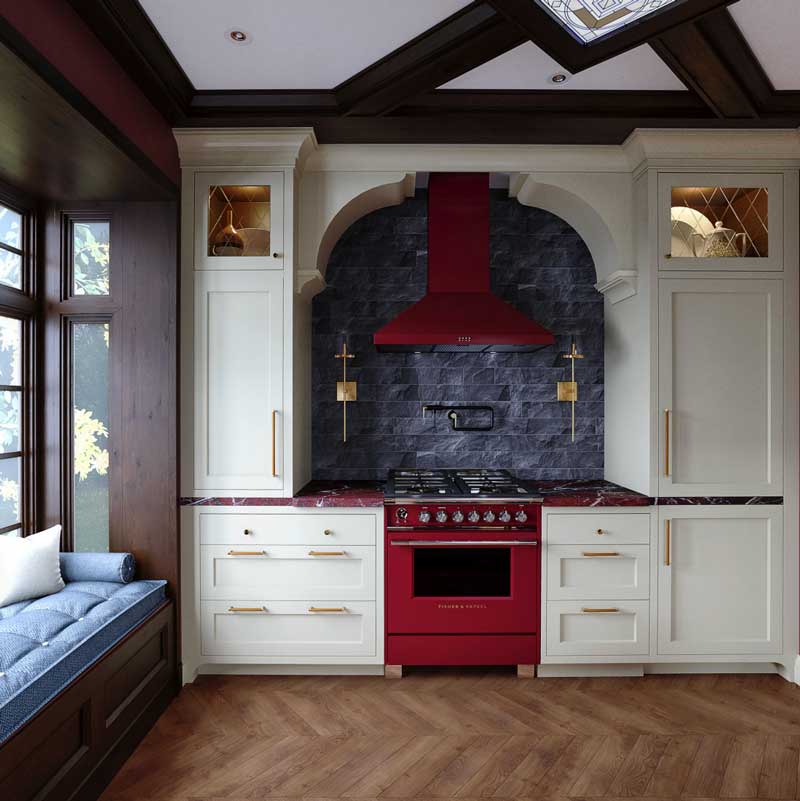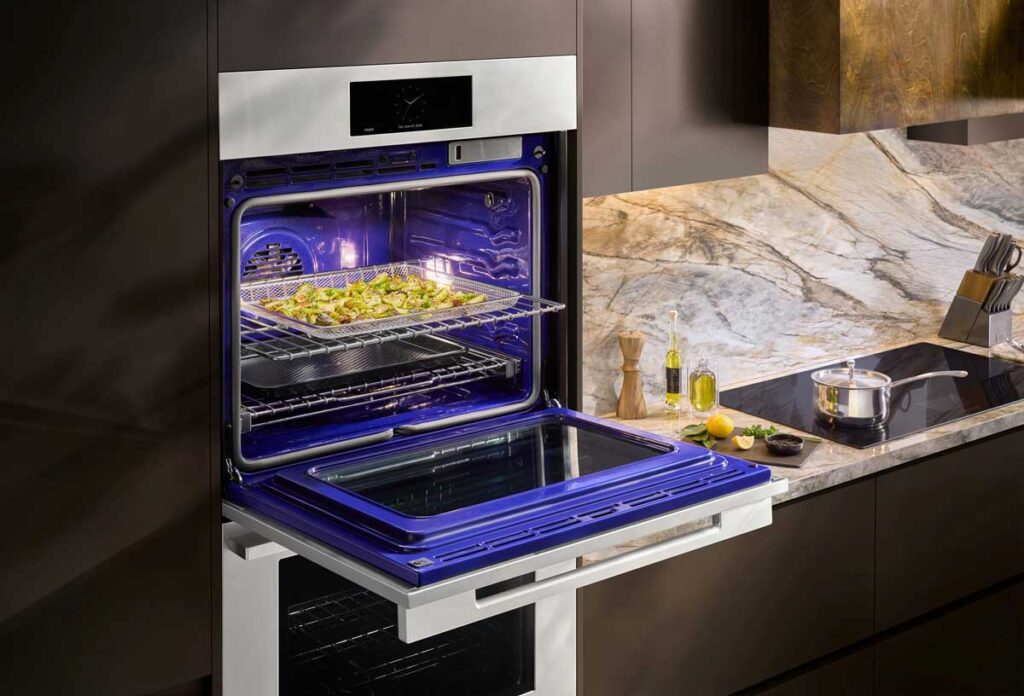Experience-Based Insights from Design Pros surveyed in the Lighting in Kitchen & Bath Design

By NKBA Editorial Team
A group of K&B designers who participated in the new NKBA/KBIS Lighting in Kitchen & Bath Design report confirm that many designers they know lack the knowledge and experience to expertly light a kitchen or bath. Others, they say, are intimidated by — or even fearful of — dealing with lighting. In fact, according to research by NKBA | KBIS, nearly three-quarters of designers admit that their knowledge of lighting techniques and products is limited.
Designers who are comfortable discussing the essentials of lighting can increase their marketability and grow their business. The surveyed group of kitchen and bath design pros shared some important advice that can help all designers up their game when it comes to lighting.
Among their key insights:
The Right Light in the Right Place
Lighting design can be sophisticated and intricate, but the core principle is very simple: it’s about getting the right light in the right place. The “right light” provides at least 50 footcandles on the work surface, with older homeowners needing 100 footcandles or more. The “right place” is directly above the work surface, so homeowners are not working in their own shadow.
Factor in Flexibility to Meet Clients’ Needs, Now and into the Future
Homeowners have different needs and preferences, which means it’s important to give them the ability to control their own lighting. For example, designs that include dimmer switches on most circuits offer that important flexibility. Smart lighting plans also anticipate homeowners’ changing needs as they age. Older eyes will require more light and less glare.
Sometimes Less is More
From their experience, the K&B design pros recommend reducing the number and size of recessed light cans, whenever possible. Larger, outdated cans should be replaced with smaller, 2”-3” integrated LEDS with strong lumens and better color temperature. “Recessed can grids” are best for commercial, not residential, settings. Relying less on recessed overhead lights for ambient light and focusing on task lighting is both more functional and attractive.
Always Think Ahead
To help convince clients about the importance of investing in lighting, the design pros recommend future-proofing a lighting plan. Homeowners worry about obsolescence and will see the value in anticipating potential future needs, such as adding interior cabinet or toe-kick lighting at a later time, and minimizing the related costs down the line.
For more valuable insights about lighting in residential design, download and read the full NKBA/KBIS Lighting in Kitchen & Bath Design report here. As always, these research reports are free to NKBA members.






















